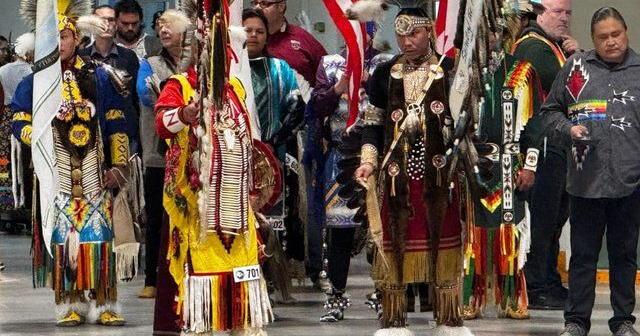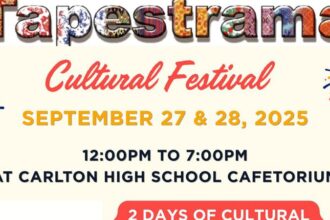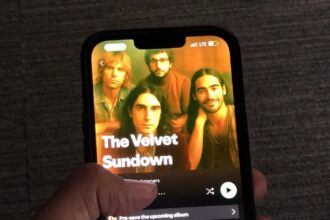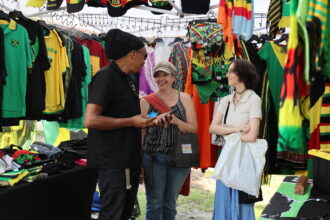The steady rhythm of drums echoed through the air as dancers in vibrant regalia moved in harmony, creating a living tapestry of color and motion. This wasn’t just a performance; it was a profound cultural celebration—the Spirit of the Peace Pow Wow 2024, where Indigenous heritage came alive through every beat, step, and song.
I arrived at the powwow grounds just as the grand entry was beginning, that ceremonial moment when dancers of all ages stream into the circle, a visual symphony of tradition and pride. What struck me immediately wasn’t just the pageantry, but the intergenerational nature of the gathering. Elders moved with dignified grace alongside energetic children learning their cultural steps, creating a living timeline of Indigenous identity.
“This isn’t entertainment—it’s cultural continuity,” explained Elder Margaret Whitestone, who has attended the Spirit of the Peace Pow Wow for over two decades. “Every dance tells a story, every drum beat connects us to ancestors who kept these traditions alive despite tremendous pressure to abandon them.”
The powwow represents something increasingly vital in our digital age: authentic cultural expression rooted in community rather than commercialization. While our CO24 Culture section regularly examines how traditions evolve in the modern world, powwows demonstrate how ceremony can remain relevant while honoring historical foundations.
What makes the Spirit of the Peace particularly significant is its role as a gathering point for diverse Indigenous nations. Dancers and drummers from Cree, Dene, Blackfoot, and numerous other communities come together in a demonstration of both unique traditions and shared values. This cultural exchange creates a powerful counternarrative to the homogenization that characterizes much of contemporary society.
The economic dimension shouldn’t be overlooked either. Vendors lined the perimeter, offering everything from traditional foods to handcrafted jewelry, representing what our CO24 Trends analysis has identified as a growing movement toward Indigenous entrepreneurship. These micro-economies support artisans and food producers while creating sustainable economic opportunities rooted in cultural knowledge.
“I’ve been beading since I was seven, learning from my grandmother,” shared vendor Melissa Cardinal, whose intricate earrings attracted a steady stream of admirers. “Now I support my family through my art while keeping our visual language alive.”
Beyond the spectacle and community reunion aspects, powwows serve another crucial function: education. Non-Indigenous attendees weren’t just spectators but participants in a cultural exchange. MCs explained the significance of different dance styles, the meaning behind regalia elements, and proper powwow etiquette, creating bridges of understanding.
This educational aspect feels particularly significant against the backdrop of Canada’s ongoing reconciliation journey. As we’ve explored in our CO24 Opinions section, meaningful reconciliation requires more than governmental policies—it demands genuine cultural exchange and understanding at the community level.
The competition dances showcased breathtaking skill, with fancy dancers executing gravity-defying spins while jingle dress dancers created music with each precisely timed step. But competitive elements remained secondary to the celebration of culture and community. Between competition categories, intertribal dances invited everyone to join the circle, dissolving the boundary between performer and audience.
As twilight descended and the celebration continued under the stars, I reflected on how powwows represent something increasingly rare in our fractured modern landscape: spaces where tradition and innovation coexist, where cultural identity is celebrated rather than commodified, and where community bonds are strengthened through shared experience.
In a world where authentic connection often feels elusive, the Spirit of the Peace Pow Wow offers something profound—a reminder that cultural traditions don’t belong in museums but in living communities where they can breathe, evolve, and thrive. Perhaps that’s the most powerful message carried by each drum beat and dance step: Indigenous cultures aren’t historical artifacts but living, dynamic forces shaping our shared future.














